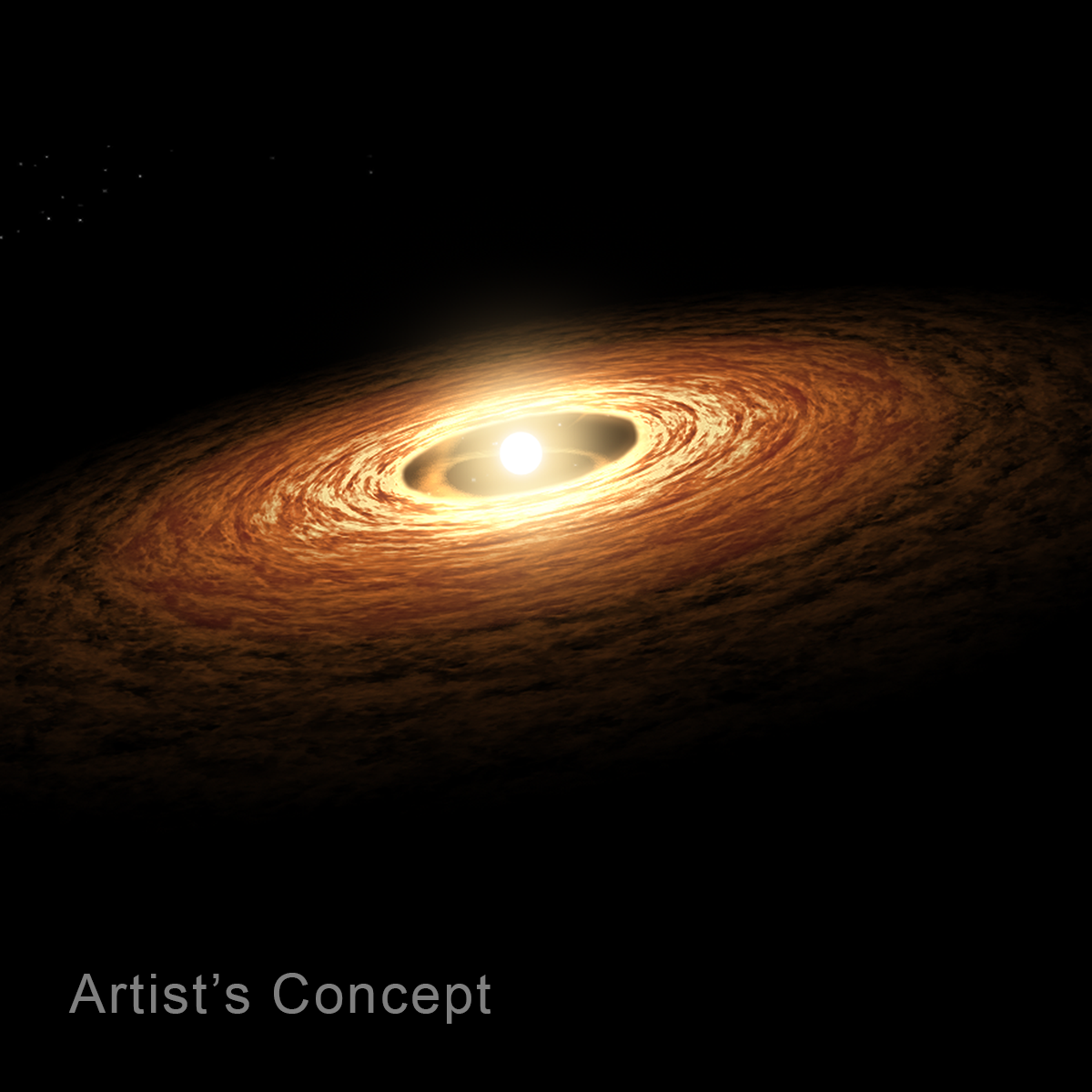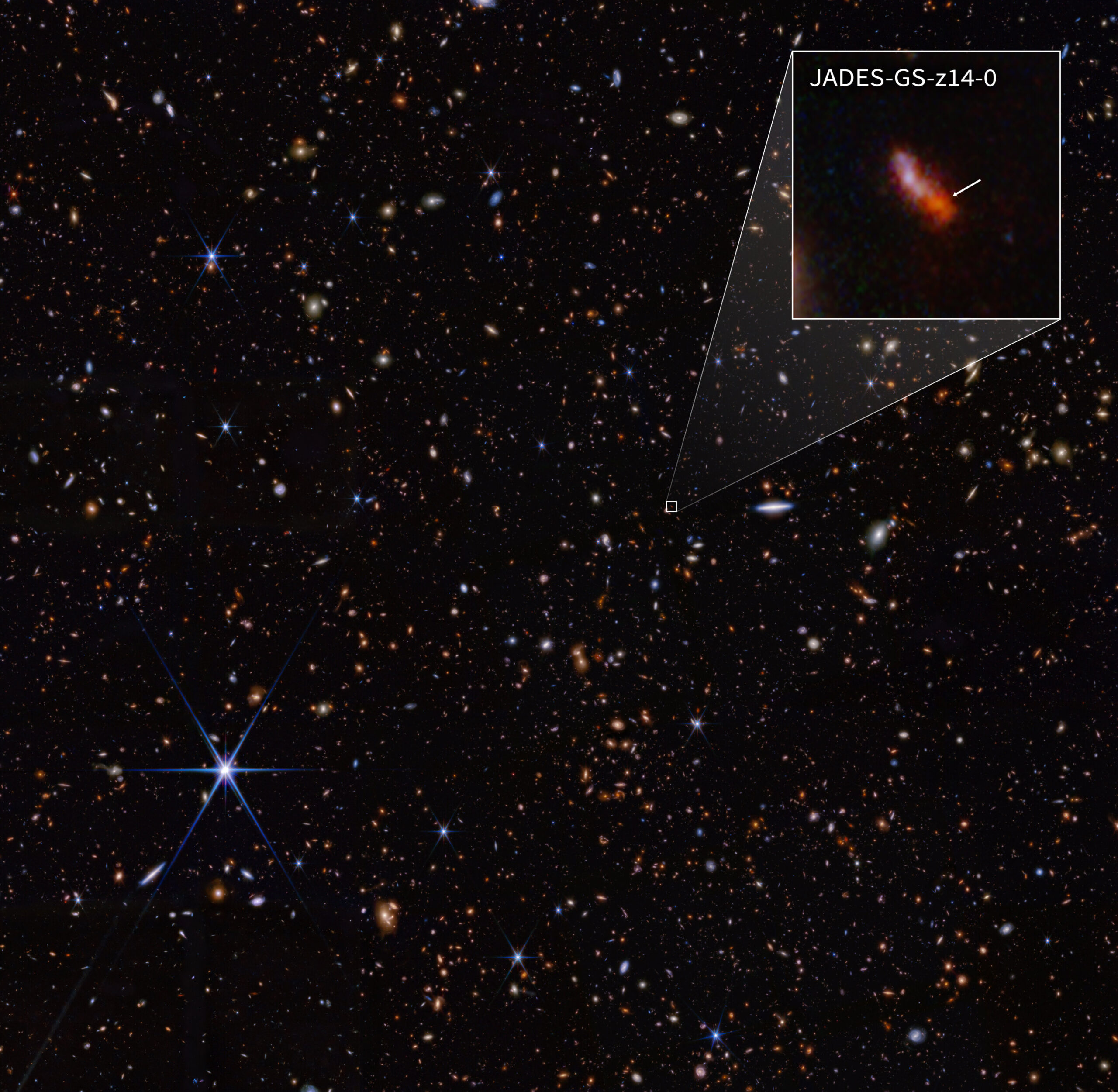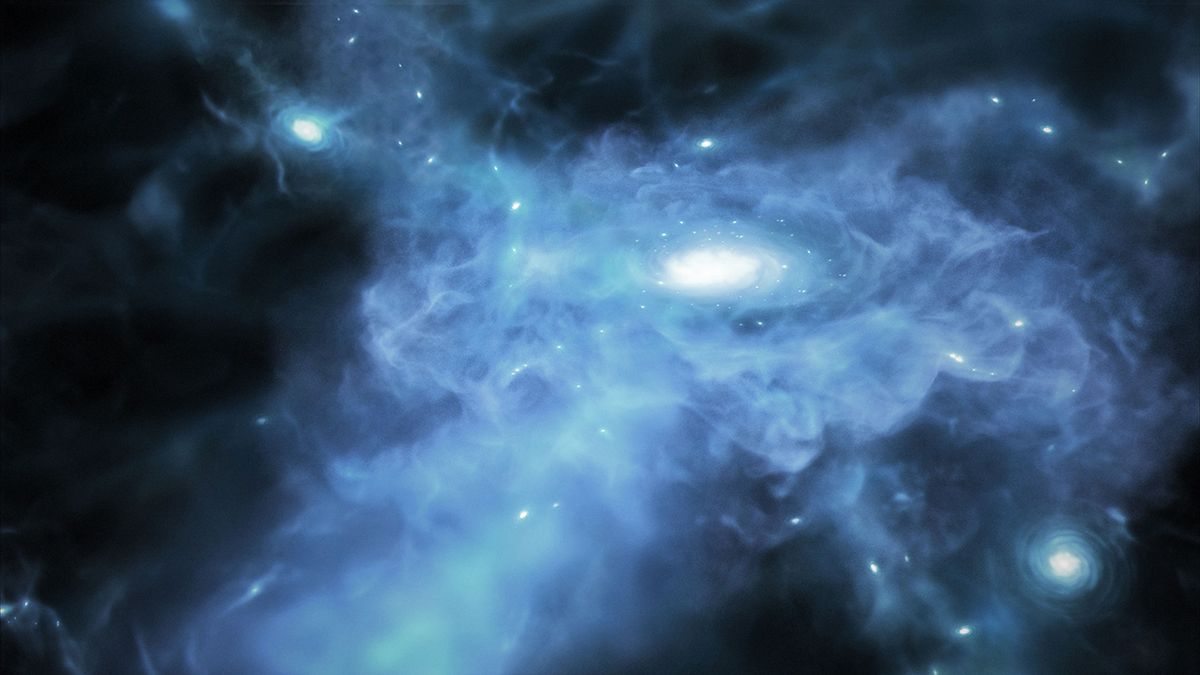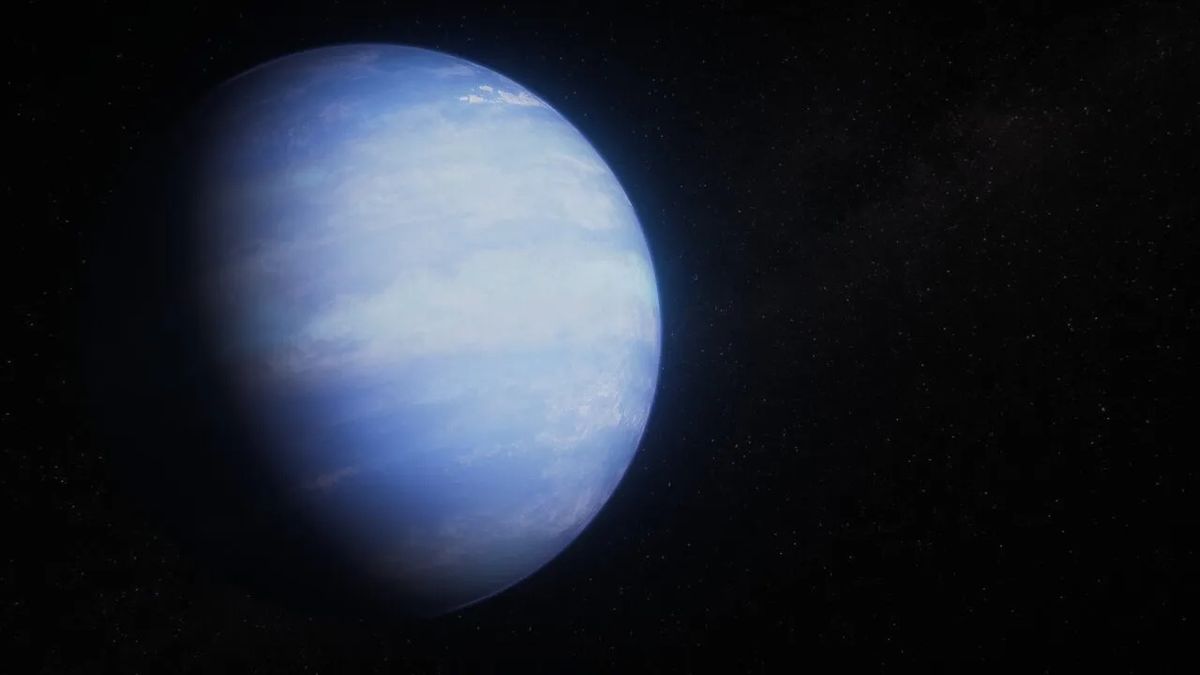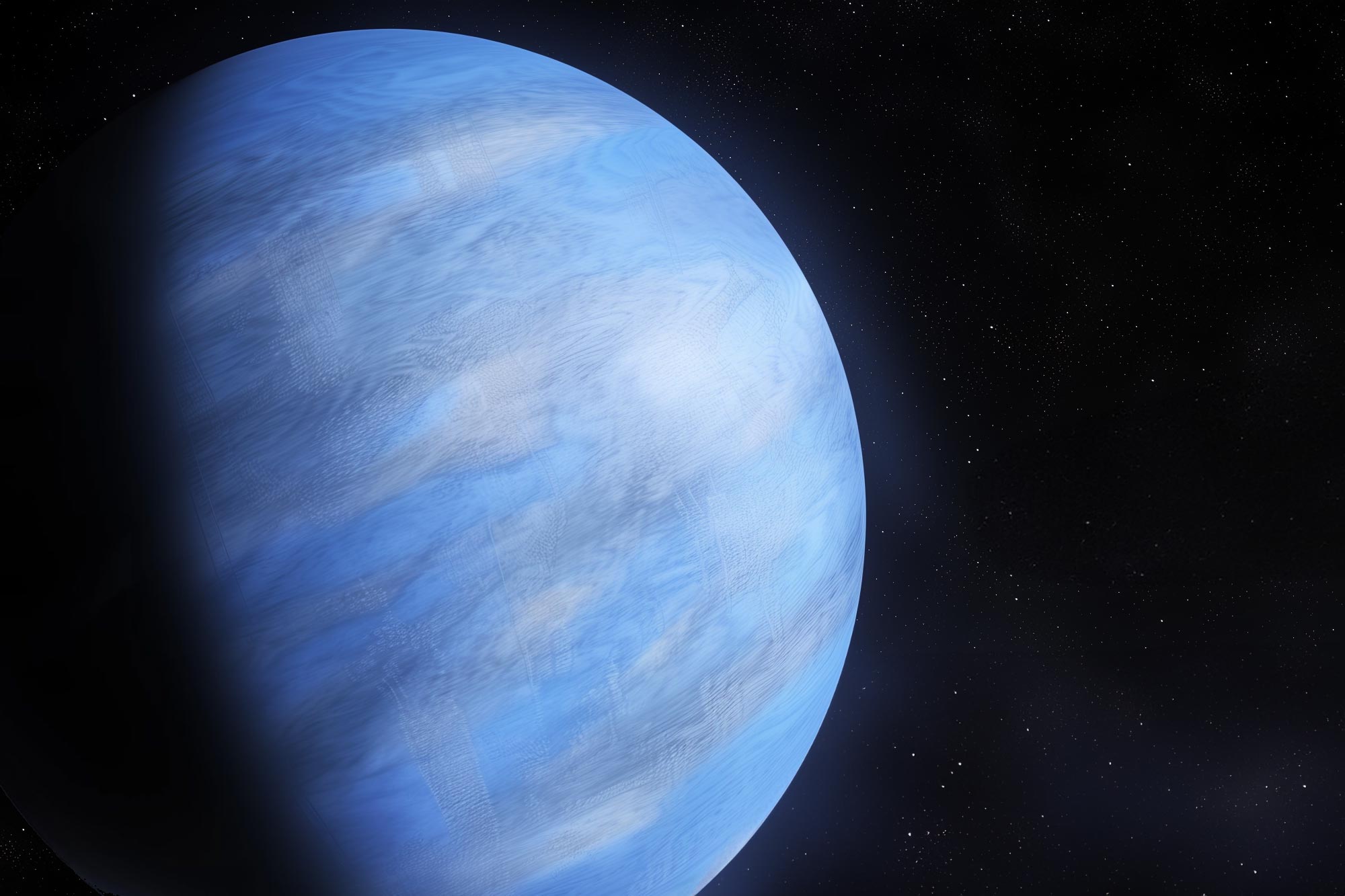Webb finds abundance of carbon molecules around young star
An international team of astronomers has used NASA’s James Webb Space Telescope to study the disk of gas and dust surrounding a young, very low-mass star. The results reveal the largest number of carbon-containing molecules yet seen in such a disk. These findings have implications for the potential composition of any planets that could form … Read more
